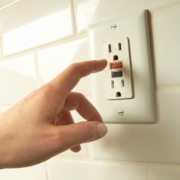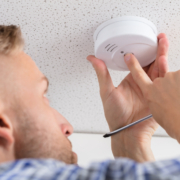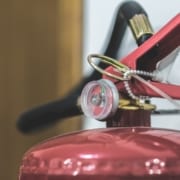Preparing for a home inspection is a critical step for homeowners looking to sell their property, as it can significantly impact the outcome of the inspection and, subsequently, the sale of the home. Here are some essential tips to help homeowners ensure their property is ready for a home inspection, increasing the likelihood of a positive report.
First, decluttering is key to a successful home inspection. Clearing away personal items and excess belongings not only makes the property more visually appealing but also allows the inspector easy access to important areas. A clutter-free environment allows for a more thorough inspection of structural elements, electrical systems, and other critical components, reducing the chances of overlooking potential issues.
Addressing minor repairs before the inspection is another important step. Fixing leaky faucets, repairing damaged flooring, and addressing chipped paint may seem small, but they contribute to an overall impression of a well-maintained home. Home inspectors take note of these details, and addressing them in advance can prevent unnecessary concerns during the inspection process.
Ensuring that all utilities are turned on is often overlooked but is a vital aspect of preparation. Home inspectors need to test various systems, including heating, air conditioning, plumbing, and electrical. If these utilities are not functioning during the inspection, it can lead to incomplete assessments and may even necessitate a return visit, causing delays in the selling process.
Homeowners should also create easy access to key areas of the property. Clearing a path to the attic, basement, and electrical panel ensures that the inspector can examine these spaces thoroughly. Additionally, if the home has a crawl space, making sure it is accessible and well-lit is crucial for a comprehensive inspection. Accessibility saves time and demonstrates the homeowner’s commitment to transparency.
Lastly, being transparent about known issues is an ethical and practical approach. If there are known problems with the property, it’s advisable to inform the inspector upfront. This openness fosters trust and allows the inspector to focus on verifying the condition of the home rather than spending unnecessary time searching for undisclosed issues.
In conclusion, preparing for a home inspection involves a combination of decluttering, making minor repairs, ensuring utilities are functioning, providing easy access to key areas, and being transparent about known issues. By investing time and effort into these preparations, homeowners can maximize the chances of a positive home inspection report, instilling confidence in potential buyers and facilitating a smoother real estate transaction.


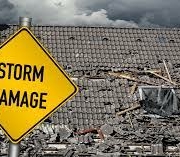
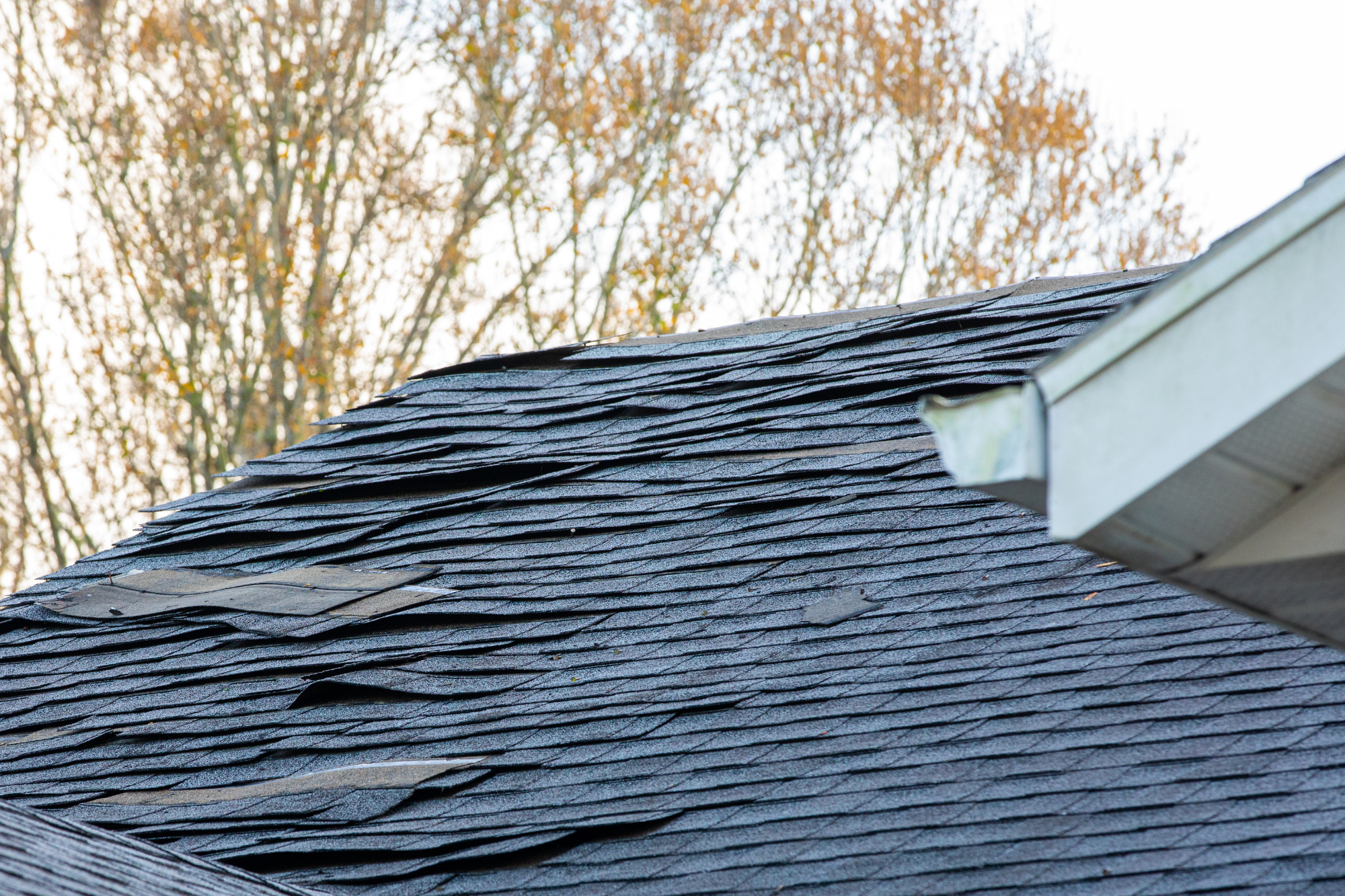
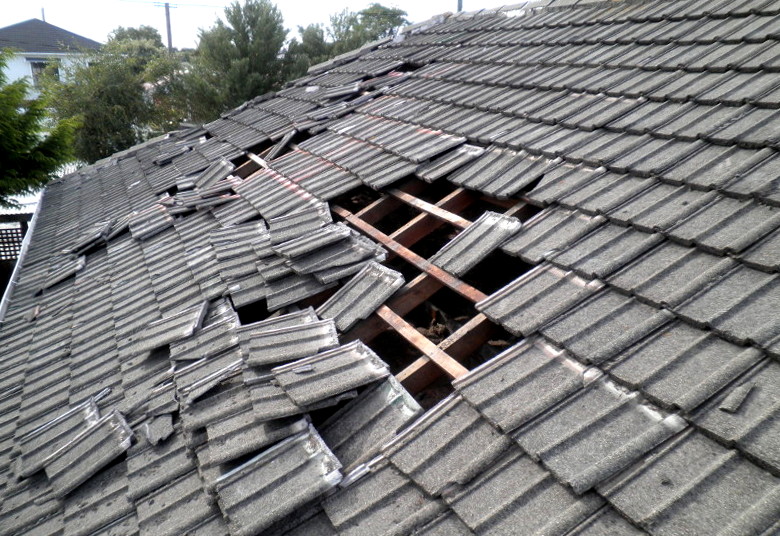
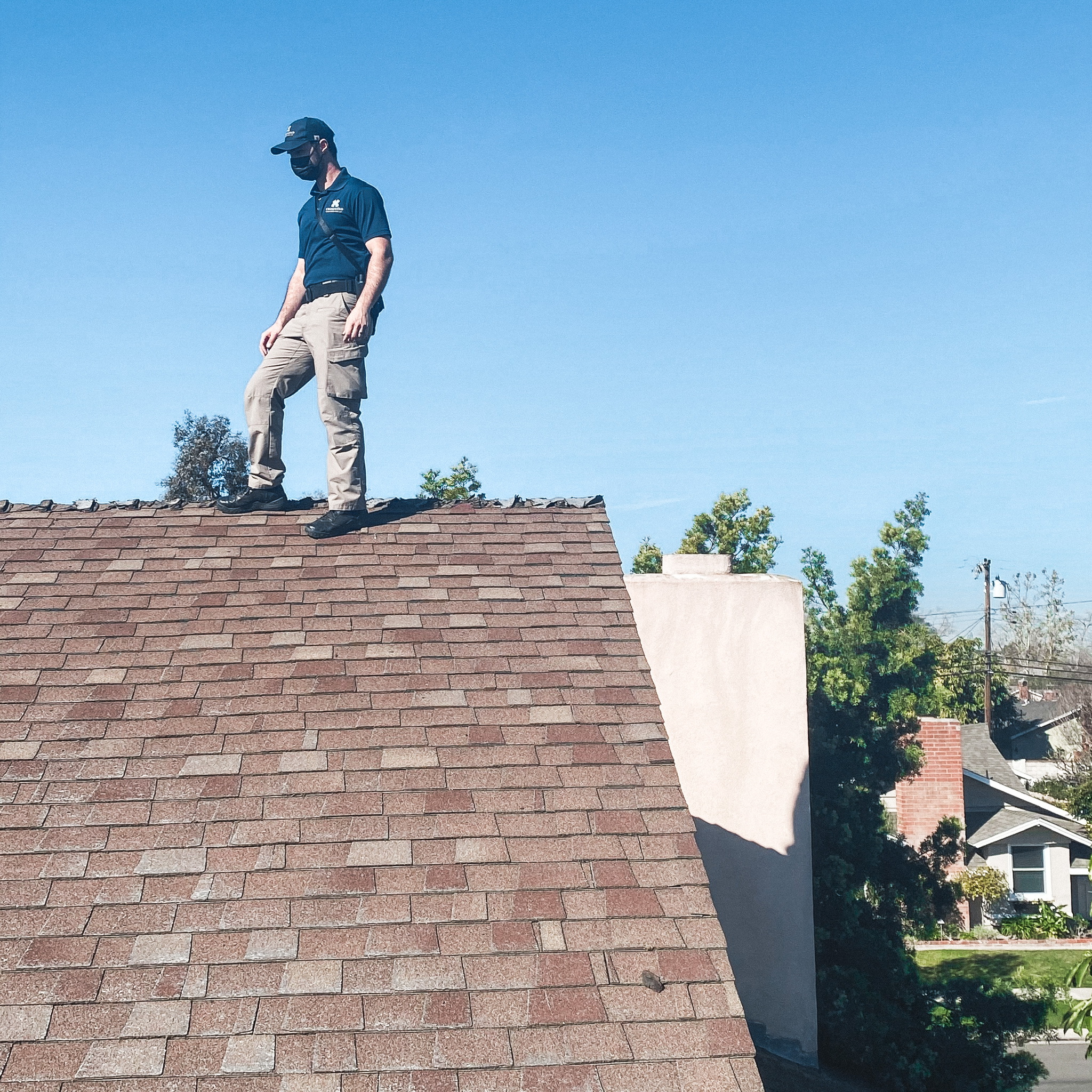
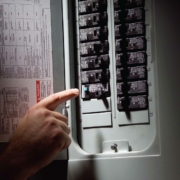
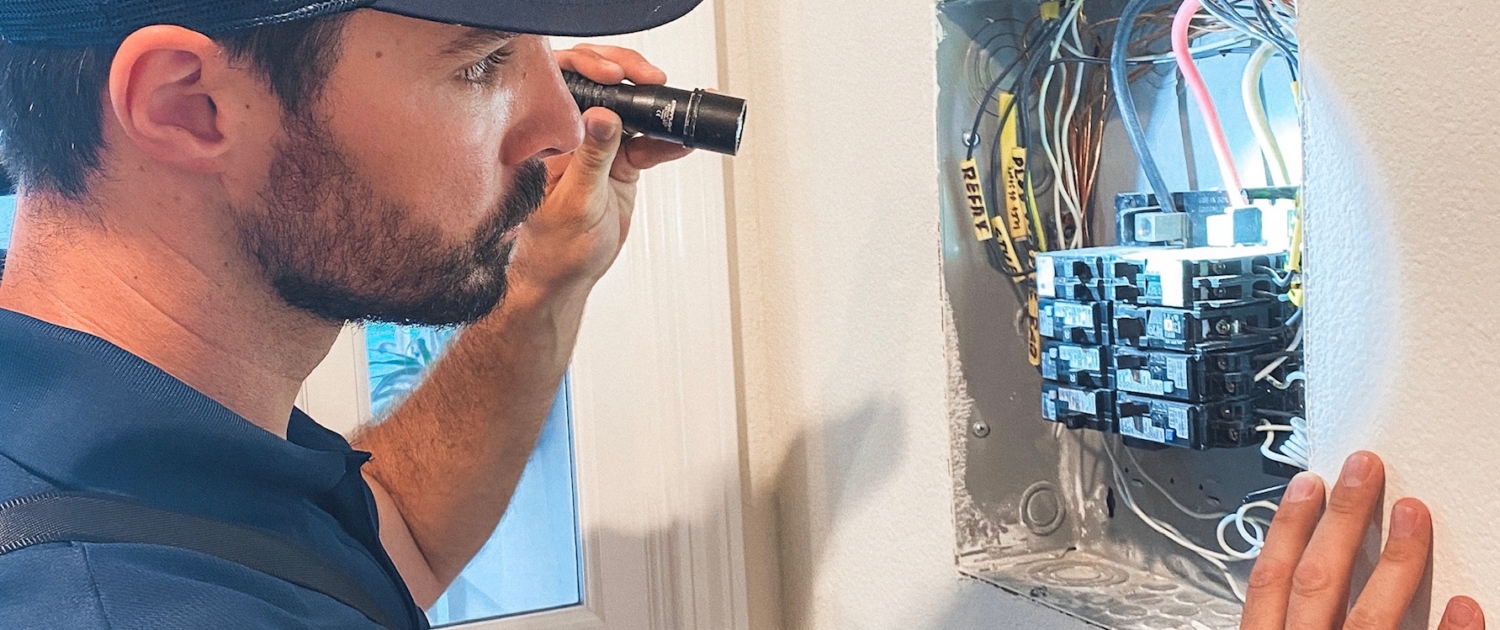
 Should you replace your non AFCI breakers?
Should you replace your non AFCI breakers?